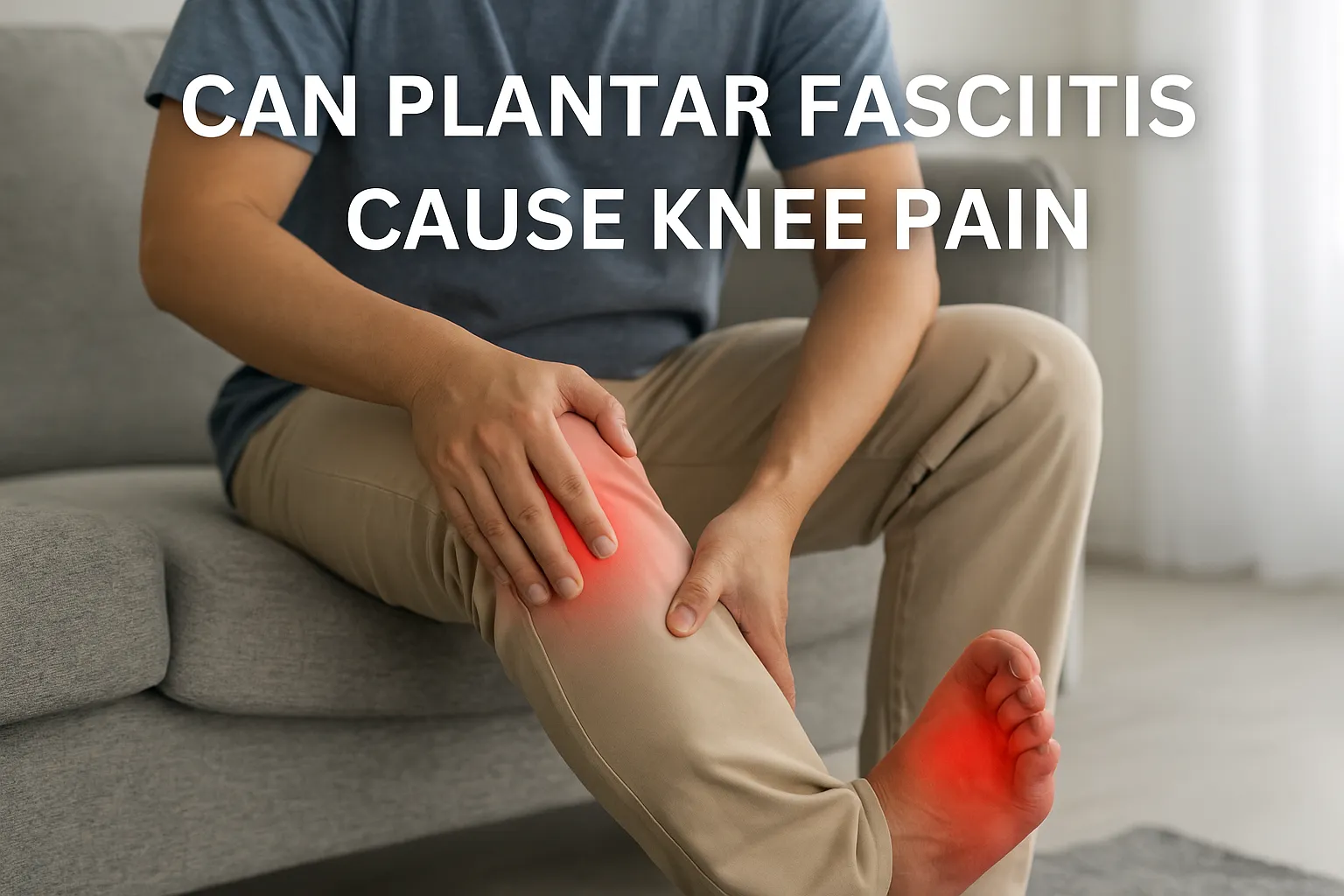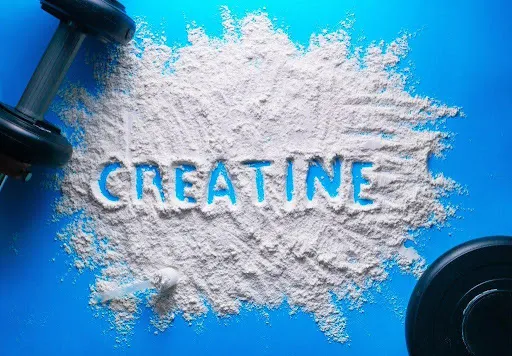Meniscus tears, also called cartilage tears, are one of the most common knee injuries observed in millions of people in the United States, yearly. Athletes, especially those who play different varieties of contact sports, such as football, are at high risk of experiencing meniscus tears. Athletes in noncontact sports that require jumping and cutting, such as soccer and volleyball, are also at high risk. Meniscus tears are not dependent on age or gender. They can, however, occur when a person abruptly changes direction while running and are often accompanied by other injuries, such as ACL (Anterior Cruciate Ligament) injury. When people refer to a "torn knee cartilage," they usually look for “How to heal a torn meniscus naturally”. From strength training to balance training, it can be treated with several natural approaches.
This article will help you learn about the best ways to heal a torn meniscus naturally. Read on!
How To Heal A Torn Meniscus Naturally: 6 Effective Strategies
Around 12-14% of Americans experience meniscus tears which are more common in young people and sports enthusiasts. If you are also struggling with such discomfort, you can consider the following few home-based treatments that can help alleviate pain:
1. Take Active Rest
The first thing recommended and advised is to stop abrupt and cutting movements, such as those in soccer. However, simultaneously, still engage in light movements like walking, swimming, or any exercise that is not weight-bearing and would not put stress on the knee, but rather relax it.
2. Maintain a Range of Motion
Try and maintain a good range of motion for your affected or injured knee, or improve your existing range. Focusing on exercises where you can sit or lie down and gently bend and straighten the knee as far as is comfortable and recommended. This prevents stiffness and improves blood circulation, which in turn aids in healing.
3. Perform Strength Training
Maintaining or building strength in muscles surrounding the knee, like your quadriceps, hamstrings, and hip muscles, is important. These all work synergistically to stabilize the knee and prevent a meniscal tear in the foreseeable future. Exercises may include stair climbing, leg presses, and lunges. Remember that you should only go ahead with an exercise if no pain is experienced.
4. Practice Balance Training
Often after a meniscal injury, your balance is compromised. This may lead to further instabilities and injuries in the knee. A simple way to work on this is with balance exercises such as standing on one leg and calf raises on one leg.
5. Take Pain Medications
Studies say that certain nonsteroidal anti-inflammatory drugs (NSAIDs) such as ibuprofen and aspirin can help relieve knee pain and swelling. They are available over the counter that can help with healing. In case of unbearable pain, healthcare providers might recommend a low dose of pain medications.
6. Make Lifestyle Changes
Keeping yourself hydrated while maintaining a high-nutrient diet is necessary. Your diet must include nutrient-dense and anti-inflammatory foods that help the body heal your torn meniscus and keep your joints lubricated. Often, food is not enough, and you may need to incorporate nutritional supplements like turmeric extract, which is a safe and effective way to reduce inflammation while you heal.
What Does a Torn Meniscus Feel Like?
You might feel or even slightly hear a "pop" when you tear a meniscus. In most cases, people can walk on their injured knees, and athletes can continue sports on the same. Over two to three days, however, the injury area will become more stiff and swollen. If you have torn your meniscus, it may take about a full day (around 24 hours) for the pain to begin. Alongside, you may also experience the following symptoms and signs of a torn meniscus:
-
Pain, especially when bending, twisting, or rotating your knee
-
Stiffness and swelling of the knee
-
Catching or locking of the injured knee
-
The sensation that your knee is giving away
-
Inability to move your knee through its complete range of motion
When Does a Meniscus Tear Happen?
Acute meniscus tear most often happens during sports. They can occur through either a contact injury or a noncontact injury. Sports such as football, soccer, and volleyball may involve abrupt movements and cause a meniscus tear. Age, too, plays a factor in this case. As people age, they become more likely to have degenerative meniscus tears which is the wearing down of the knee.
Their meniscus becomes weak as age comes with several hormonal imbalances and enzymatic changes. Something as simple as an awkward twist while attempting to get up from a chair may cause a tear in an aging meniscus.
Effective Exercises for Quick Meniscus Recovery
Once you have had your rest and passive healing, it is recommended that you try meniscus tear exercises for healing better. Some such exercises have been listed below.
1. Flexion/Extension
This exercise can be done standing or sitting. You must bend and straighten your knee as far as possible without experiencing too much pain. Minimal pain is expected and normal. It is advised that this exercise must be done in three sets of 10 to 20 repetitions.
2. Straight Leg Raises
This exercise requires lying down on your back. Keep your uninjured, healthy knee bent and your foot flat. Your injured knee should remain straight on the ground. Then, slowly lift the injured Leg off the floor to about six inches, and hold it straight, contracting your muscles for at least a count of three. Then lower your leg gradually. It is recommended to repeat this exercise ten times on each Leg.
3. Heel Slides
This exercise requires you to lie on your back again. You need to lay on your back while keeping any one knee bent. Slide the heel of the Leg with the bent knee as far as possible towards your buttocks. It is advised to repeat this 10 to 20 times on each Leg.
4. Calf Raises
You would need to stand with your feet shoulder-width apart for this particular exercise. You can use a wall or a chair for support if you think that is necessary. Lift your heels as high as possible off the ground and then gradually lower them to the floor. Repeating this in 2 or 3 sets of 20 repetitions is recommended.
5. Hip Abduction
In this exercise, you must only balance yourself on the uninjured leg. You can use a wall, a chair, or something sturdy for your support. Then, you need to move the injured leg out to the side, as far away from your body as possible. You should repeat this routine 20 times.
Anti-Inflammatory Diet for Promoting Healing from a Torn Meniscus
Alongside rest and regular exercise, diet plays an important role in the body healing any of its injuries. As they rightly say, "You are what you eat." With a torn meniscus, inflammation becomes one of the major issues. There are natural ways to reduce swelling through a healthy diet and including certain supplements. The anti-inflammatory foods that you might want to include in your diet are as follows:
-
Fruits and vegetables, especially berries and green leafy vegetables
-
Quality proteins, such as fish, eggs, meat, et cetera
-
Nuts and seeds
-
Healthy fats like Olive oil, Coconut oil, and avocado
-
Healthy liquids like bone broth and green tea
-
Plenty of water
Supplements that might help with inflammation in the joints and connective tissues include turmeric, ginger, berry extracts, bromelain, and omega-3- fatty acids. Remember that you should always reach out to a professional nutritionist or a dietician before you include or exclude anything from your diet.
Emerging Healing Techniques
Nowadays, Platelet-Rich Plasma (PRP) injections have emerged as a new approach for meniscus tears treatment. Experts report that these injections can:
-
stimulate the body to release cytokines and growth factors that are significantly crucial for tissue regeneration
-
help place stem cells in the respective affected area, thus, easing recovery
-
reduce knee swelling and pain due to its anti-inflammatory effects.
Though these PRP injections have shown promising results for cartilage tears, seeking medical guidance is essential. The doctors can help determine the suitable treatment option for your meniscus tear.
How Long Does a Torn Meniscus Take to Heal?
Recovery time for a meniscus tear depends on several factors, including tear size and location, age, and surgery performed. Small tears may heal within 6-8 weeks with conservative treatment. After meniscus surgery, recovery can take 1-2 months to return to activities. Moreover, it takes 3-6 weeks to heal after physical therapy and rehabilitation.
When Healing a Torn Meniscus Naturally Doesn’t Work?
Initially, non-surgical treatments are recommended as they pose fewer complications and a shorter recovery time. However, the need for surgery becomes essential when:
-
The meniscus tear forms a tissue that interrupts the normal knee function.
-
The knee injury or pain is very intense.
-
The tear would not benefit much from conservative treatments.
-
Symptoms won't subside even after non-surgical treatment.
-
Remember that all meniscus tears are not the same. The non-surgical and surgical treatment will depend on the type and location of the tear and also with age and overall health of a patient.
When To Seek Chiropractic Treatment For A Torn Meniscus?
It is common for patients to overlook the benefits of chiropractic care as a treatment for their torn meniscus. Several natural soft tissue therapies and meniscus tear therapy are available to improve flexibility and reduce pain as the body heals. Visiting a chiropractor to assess your injury and figure out which treatments to take up for you to heal better may be useful. It will help you determine which pain management option best suits your torn meniscus.
|
Pro Tip: Rest, ice, compress, and elevate the knee, and seek physical therapy to strengthen muscles around the knee to offload the meniscus during recovery. |
Preventing Future Meniscus Injuries
You should strictly consider these proactive steps to lower the risk of a meniscus tear in the future:
-
Avoid high-impact activities or exercises to lessen tear risks.
-
Make sure every movement is done correctly to prevent excessive stress on knee joints.
-
Use knee braces while performing activities to avoid pressure on knees.
-
Regularly engage in exercises that will keep the knee joint flexible and even muscles strong.
-
Eat nutritious food, manage weight, and also avoid long hours sitting to prevent the risk of degenerative meniscus tears.
Final Thoughts
Solution on how to heal a torn meniscus naturally includes a multifaceted approach that involves rest, proper nutrition, targeted exercises, and potentially seeking chiropractic care. By adopting an anti-inflammatory diet rich in fruits, vegetables, quality proteins, healthy fats, and supplements, you can support the body's healing process and reduce inflammation. Implementing exercises that focus on a range of motion, strength training, balance, and specific knee exercises can aid in recovery and prevent future injuries. In addition, chiropractic care can provide valuable soft tissue therapies and pain management techniques to promote flexibility and enhance healing.
Frequently Asked Questions
Can meniscus tear heal naturally?
Yes, small meniscus tears can sometimes heal naturally, but larger tears usually require surgery.
How long does it take for a torn meniscus to heal without surgery?
Small meniscus tears may heal in 4-6 weeks with rest, ice, compression, elevation, and physical therapy.
What is the fastest way to heal a torn meniscus?
Surgery is the fastest way to repair a torn meniscus.
Is walking good for meniscus tear?
Walking is usually fine with a meniscus tear, but should be gradual.
Can a torn meniscus heal on its own?
It usually can't heal itself once it reaches a significant stretch of about 1 cm. This length can lead to pain and mechanical issues that need medical attention.
Reviewed by







